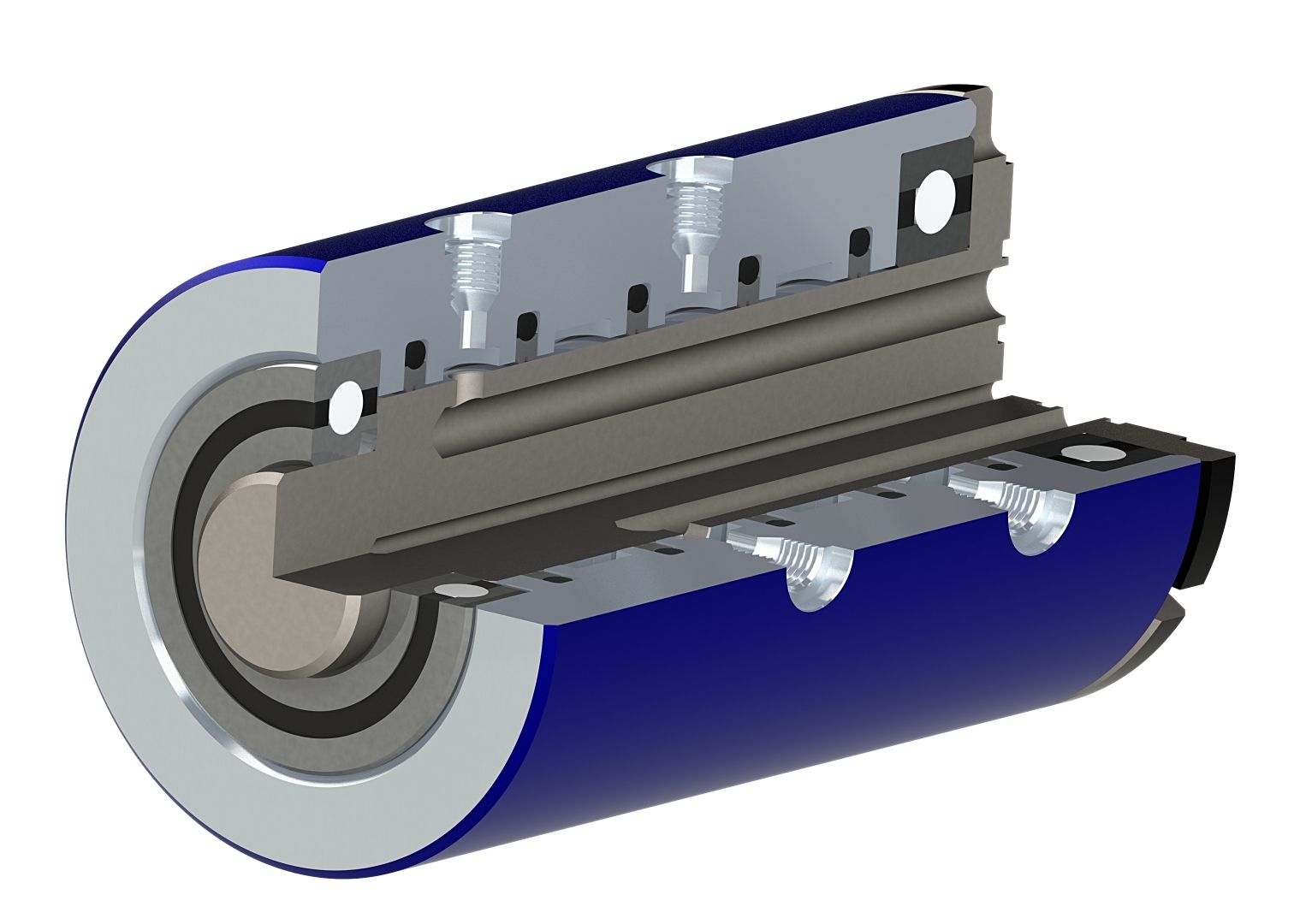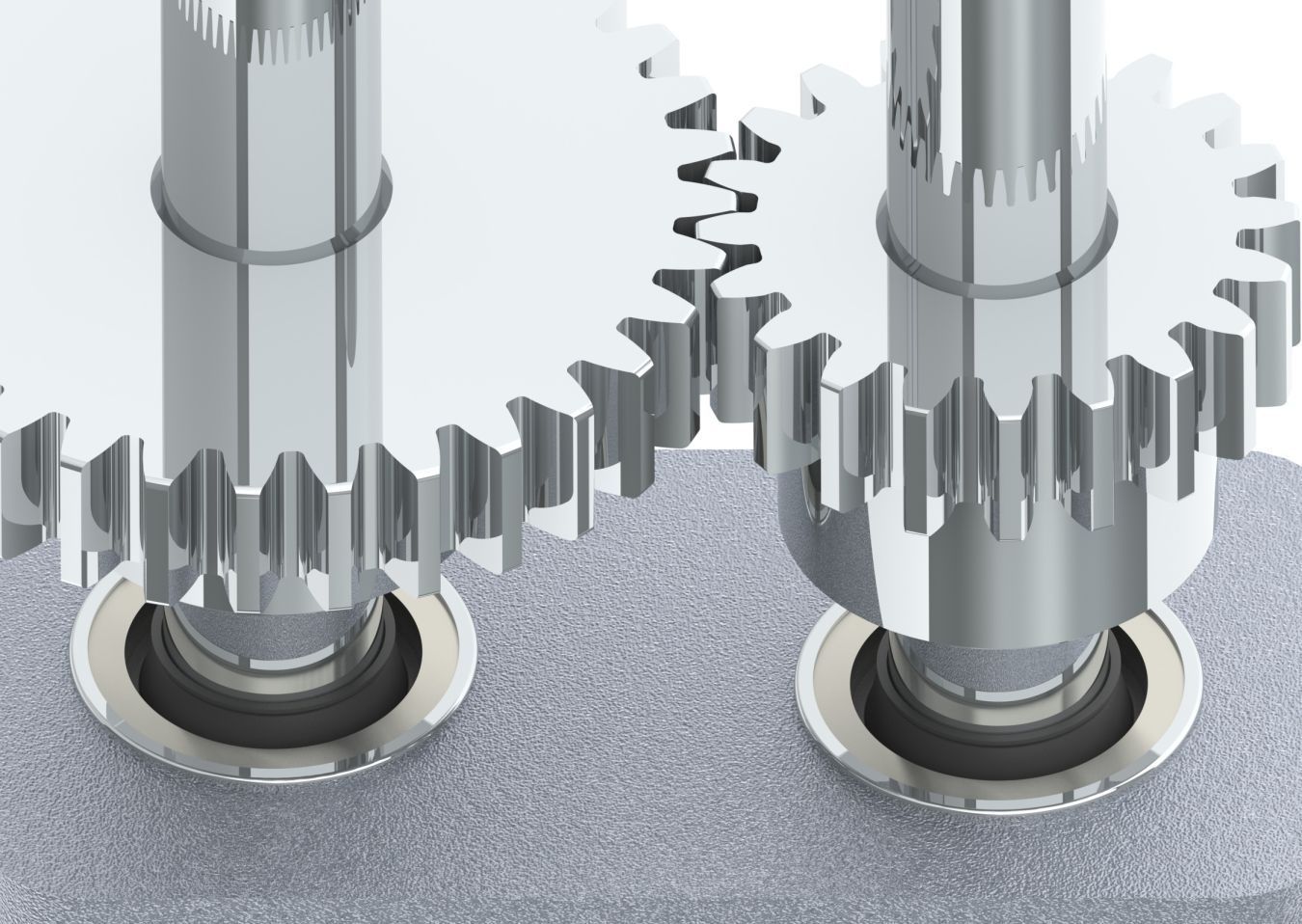Temperature Ranges for Various Materials: NBR to PTFE
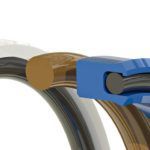
Sealing materials are selected for many different reasons. The application dictates the style of sealing. But fluids, pressures, and cycle times all play a prominent role in seal and material selection.
When we add in temperature, this factor often directs us to the types of materials that can survive the application. Read on to learn how we choose sealing materials based on operating and interface temperatures.
Sealing Material Applications
Let’s start out with the most basic material, NBR or Buna-n rubber. The standard temperature range for this material is -40F to 250F. With compounding, this range can be extended to -65 and 300F, but rarely operates at both extremes — and always as a special compound.
With rubber compounds, we must always be cognizant of the fluid in contact to ensure chemical compatibility. It’s important to note that rubber contact seals are best suited for static applications.
Other elastomers, such as silicone, normally travel between -65 and 450F — but don’t handle hydrocarbon fluids. Switching to fluorosilicone has a broader temperature range of -100 to 350 or 400F, and handles hydrocarbon fluids. In this case, availability becomes a problem.
When we talk about elastomers in sealing, the user must be selective within a range of factors. The temperature boundaries can often create other problems in elastomers, such as compression set or swell when combined with fluids.
We use elastomers in sealing as a primary seal and often as a secondary seal in a system. Even if the seal is static, it can still suffer from issues of elevated or frigid temperatures.
Polymer Materials
Polymer materials open a wide range of sealing possibilities. But even the most rigid of polymers needs to remain flexible throughout its operating range and chemically compatible.
While polymers like Teflon can operate between -400 and 500F, there are many physical changes that cause the material to either be too rigid to seal or have such a large loss of physical properties that it could become useless in an application.
An example would be Ultra High Molecular Weight Polyethylene , UHMW, which provides great sealing in air and water and many chemicals but loses structural integrity above 180F. Urethanes are up in the 300F.
We have sealing applications that exceed 1000F and we often turn to carbon seals like the triple ring seal. The requirements for long life are often care in manufacturing the gland with excellent surface finishes.
If all our sealing will occur over 700F and there’s no oxygen present, Polyimide materials often do an excellent job. But as temperatures cool, this material becomes less compliant.
PCTFE
Want to go to -460F (close to absolute zero), Polychlorotrifluoroethylene, or PCTFE is what you’re looking for. The caveat to all these polymers with temperatures that exceed the ability of most elastomers are metal springs.
Eclipse Engineering designs seals from the application up. The use of elastomers, polymers, carbon, and metal springs are just a few of the tools we use to solve sealing problems.
In designs where we can see over 700-degree temperature swing, it’s important to realize the interaction of the seal with the hardware. As the hardware is going through these swings, we must accommodate the growth and shrinkage of dissimilar materials when designing a sealing solution.
Having a full range of materials allows us to design solutions for your specific needs. The engineering staff at Eclipse has experience with all the materials mentioned to create a solution specific to your needs.
We also manufacture using various grades of elastomers, custom blending of any of the polymers to handle varying amounts of temperature change with spring candidates ranging from a simple Buna-n O-ring to a sophisticated spring energized seal.
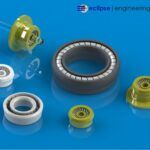
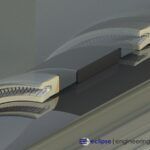
PRODUCTS
INDUSTRIES
SUBSCRIBE TO OUR NEWSLETTER
Sign up for our newsletter and receive resources about seals, bearings, and shapes delivered directly to your inbox!

